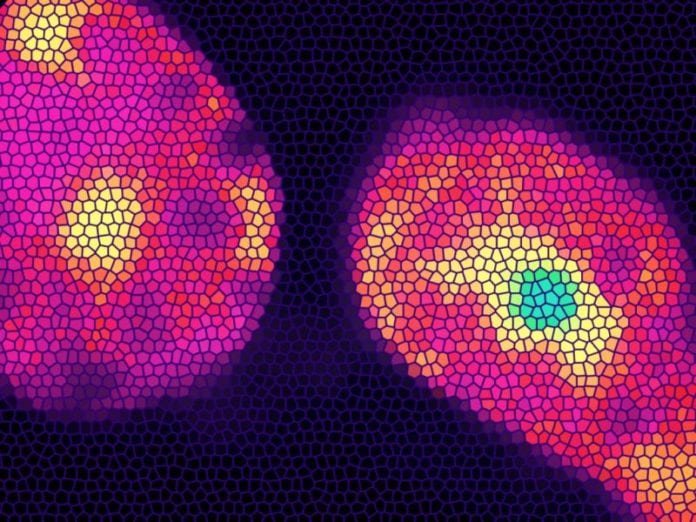Proteins Responding to Nicotine Shed Light on Energy Burning of Fat Cells
A new study by scientists at the University of Michigan now demonstrates how the very same proteins which moderate nicotine addiction from the brain could be involved in modulating metabolism by acting directly on particular kinds of cells.
The team zeroed in on a signaling pathway known as CHRNA2. By tracking the activity of over 20 receptors in mice, researchers found that the pathway is more active once the body is switching brown fat to power to safeguard against cold-one of the crucial functions of the kind of adipose tissue. When the investigators deactivated CHRNA2, the mice not just fought to fend off the chills, they also gained weight, according to a statement.
When the researchers began measuring amounts of these neurotransmitters in fat cells, they found that nicotinic acetylcholine was causing CHRNA2 signaling. They believe treatments targeting the CHRNA2 signaling pathway might succeed in combating obesity.
“Until recently, we thought this pathway primarily existed in brain cells, the neuromuscular junction, and affected neuronal signaling, and we didn’t know it was prevalent in certain fat cells,” said co-author Alexander Zestos, a bioanalytical neurochemist at American University, in the
statement.“It raises all sorts of new questions. Is it the density of the receptors that a person has, or is it the way the receptors are activated, that contributes to one’s ability to gain or lose weight? What is the connection between smoking and weight loss or weight gain?”
“It is really cool to discover a selective pathway for beige fat, a new cell type—and even more exciting that this is conserved in humans,” said Wu, the study’s senior author and assistant professor of molecular and integrative physiology at the U-M Medical School.
In the course of their investigation, the researchers analyzed mice that lacked the gene needed to make this protein. “And the mice definitely are metabolically worse off, compared to the control group,” Wu said.
Particularly, they observed that the mice without the CHRNA2 gene showed no differences from the control group when they were fed a regular diet. However, when they switched to a high-fat diet, the animals lacking the gene exhibited greater weight gain, higher body fat content and higher levels of blood glucose and insulin—indicators of diabetes.
“Beige fat is very important in regulating whole-body metabolic health,” Wu said. “Our results in mice show that if you lose even one aspect of this regulation—not the whole cell function, but just one part of its function—you will have a compromised response to metabolic challenges.”
The team believes that understanding the specific CHRNA2 signaling pathway in beige fat also opens a new avenue for identifying targets to treat obesity and metabolic syndrome. “This pathway is important from a basic research standpoint, but it also has relevance for metabolic and human health research,” she said.
“The more we can narrow down a precise pathway for activating beige fat, the more likely we are to find an effective therapy for metabolic health that does not carry harmful side effects.”






























